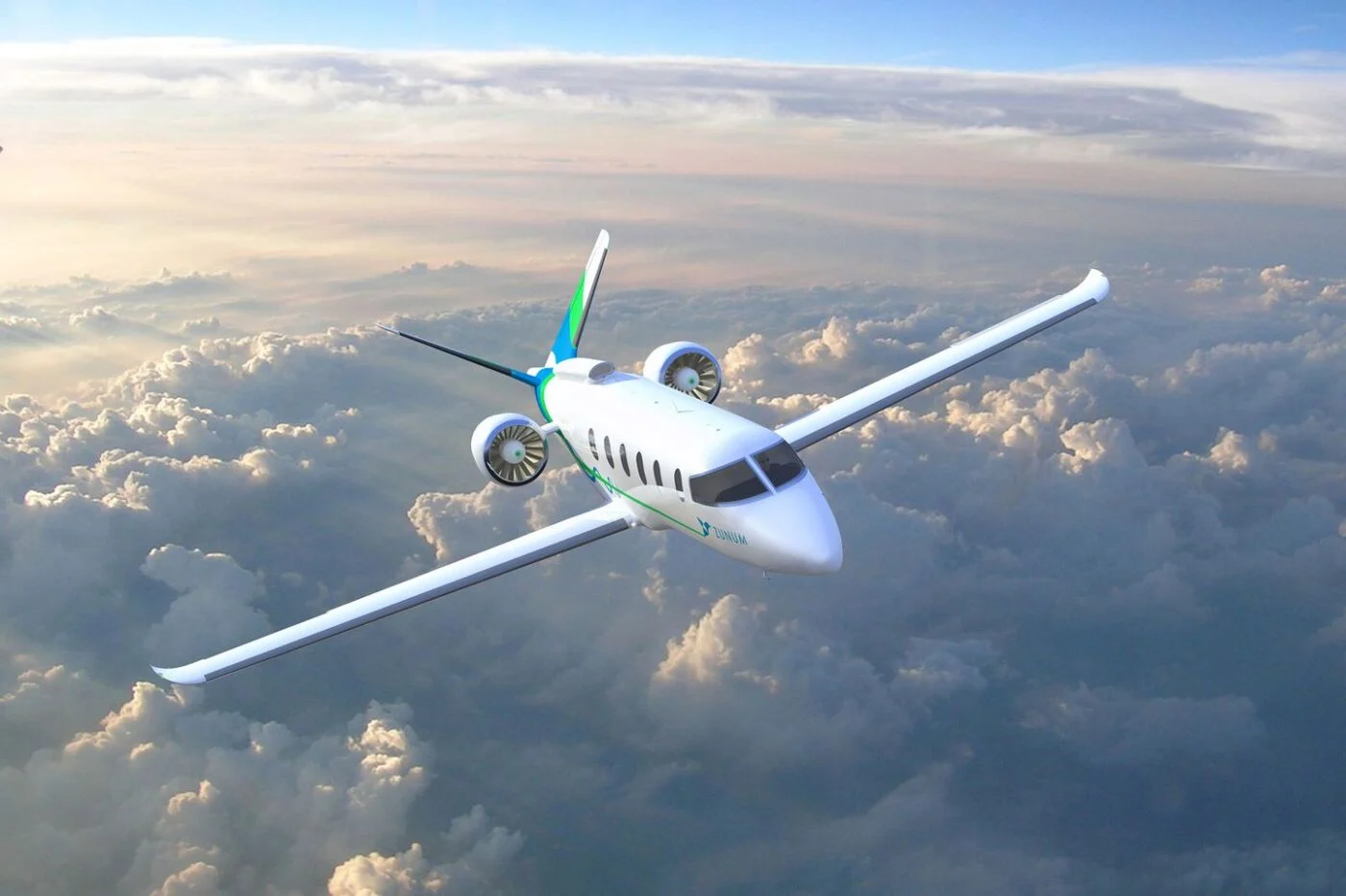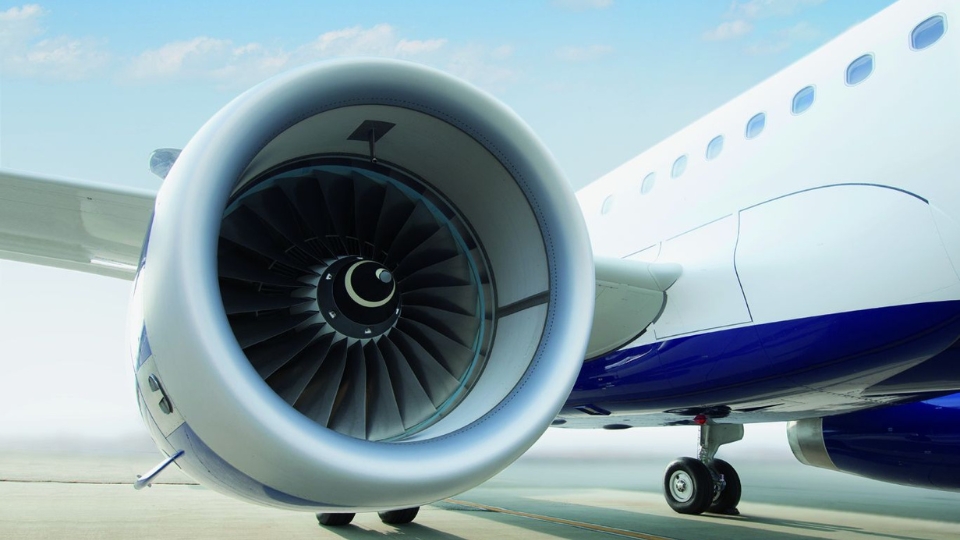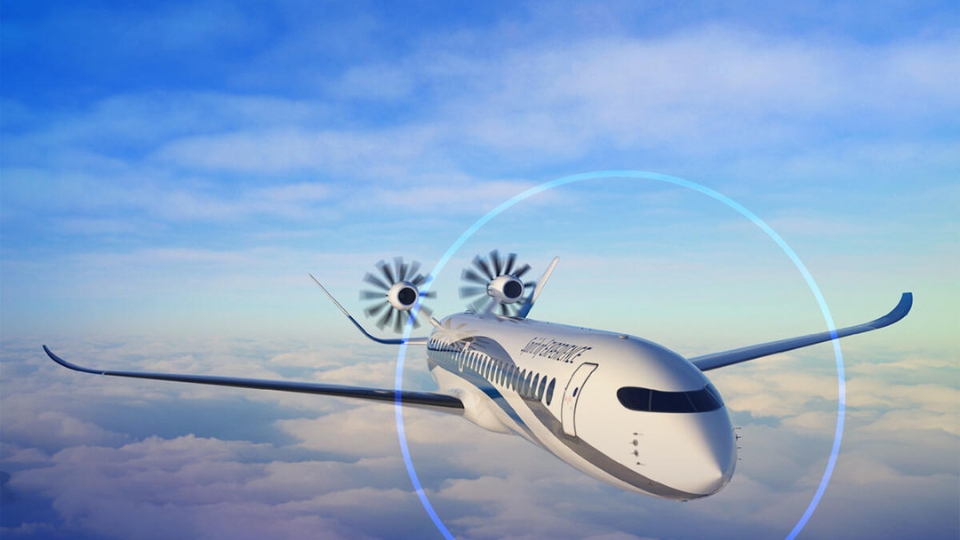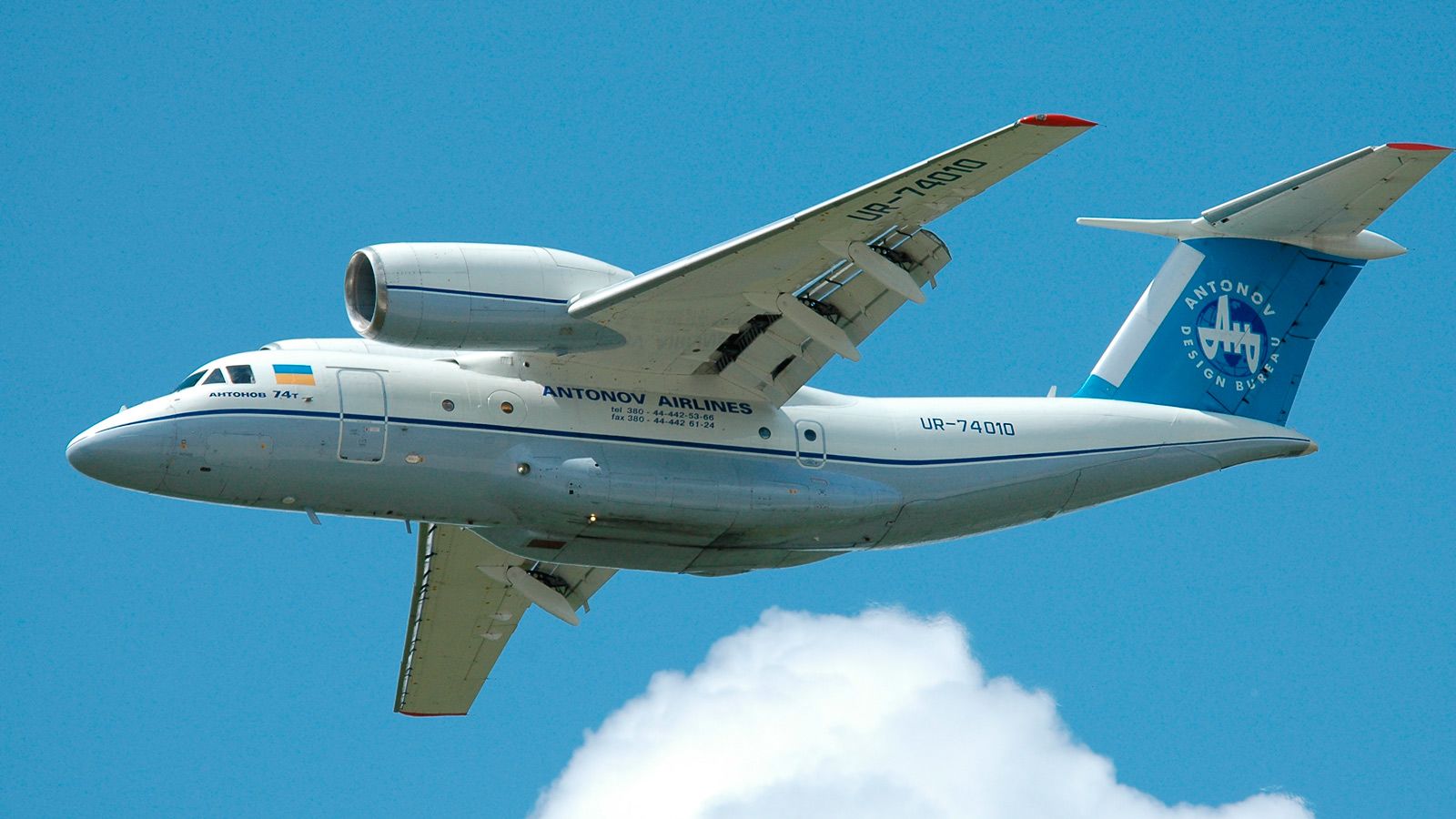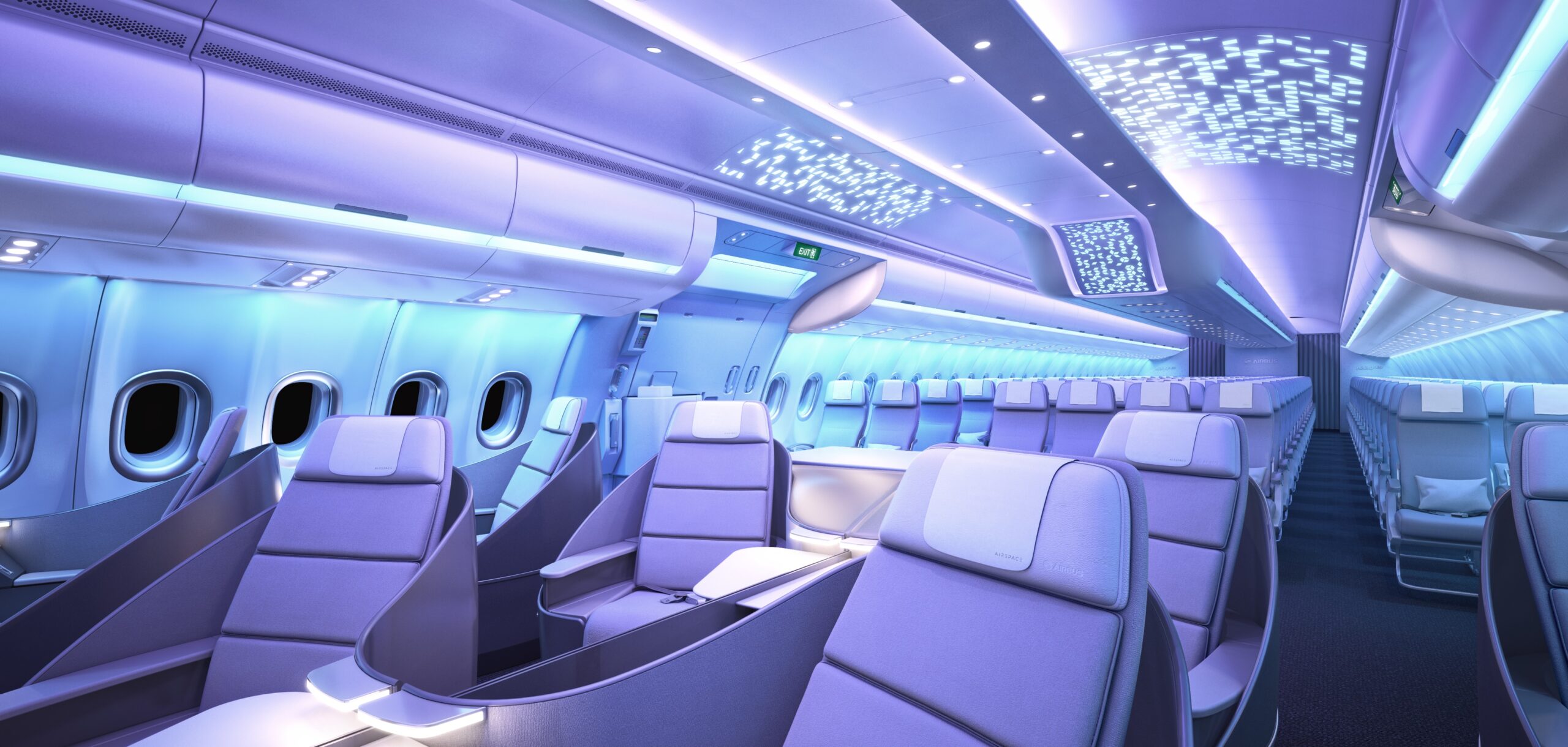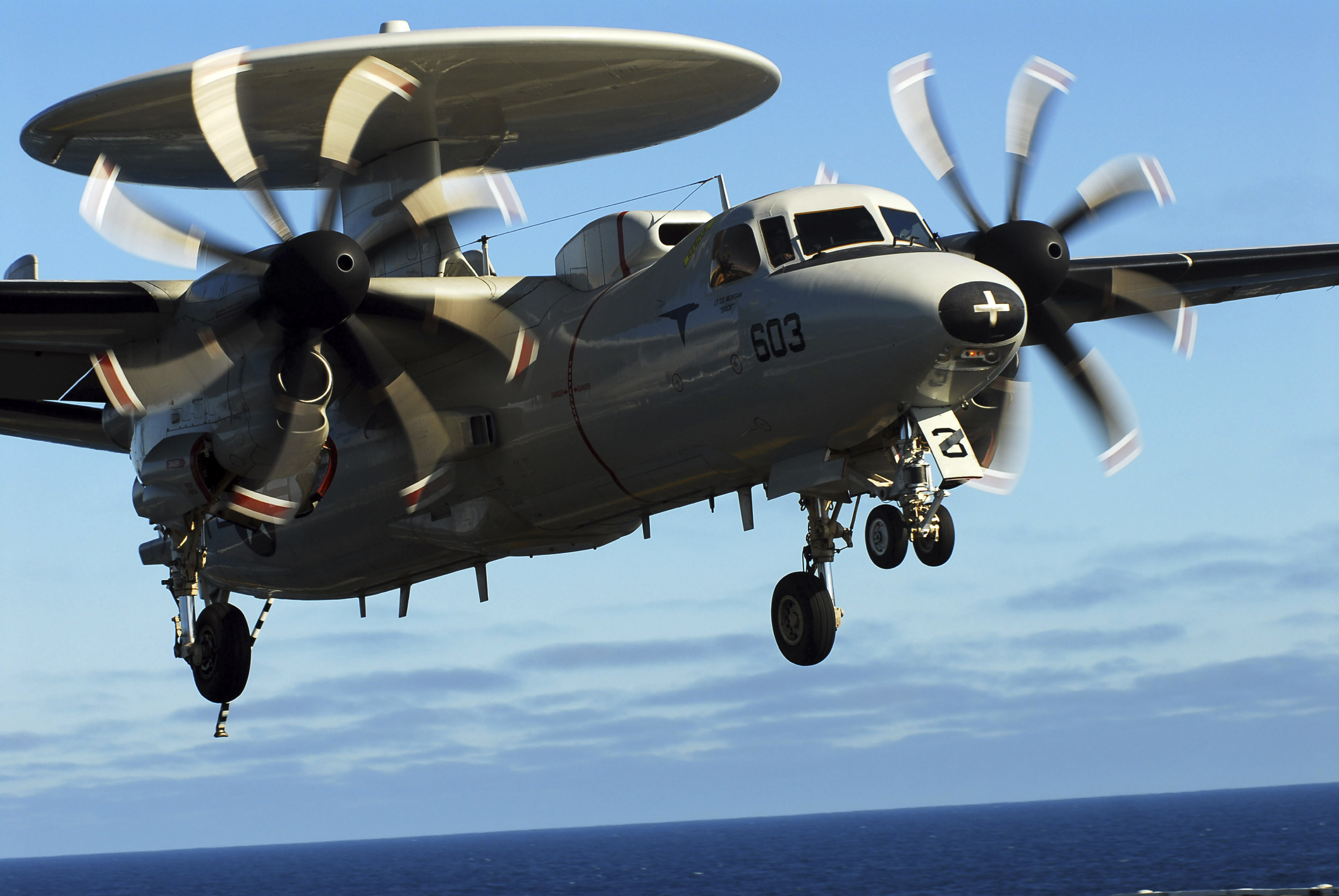In aviation, efficiency is crucial for reducing costs and environmental impact. Lightweight aircraft improve fuel performance by using advanced materials and innovative design to reduce weight without compromising safety or structural integrity. These improvements benefit airlines, passengers, and the planet by lowering fuel consumption, emissions, and operational costs.
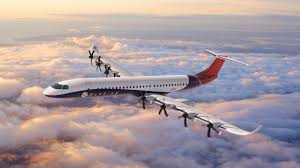
Electric aircraft shape the future of flying
The Role of Lightweight Materials
Modern aircraft incorporate materials such as carbon fiber composites, aluminum-lithium alloys, and titanium in key components. These materials are lighter than traditional metals but maintain strength and durability. By reducing the overall weight of an aircraft, airlines can achieve better fuel efficiency and longer flight ranges.
Example:
The Boeing 787 Dreamliner uses composite materials for more than 50% of its structure, reducing weight and improving fuel efficiency by up to 20% compared to similar-sized aircraft.
Enhancing Aerodynamics
Weight reduction is often paired with improved aerodynamics. Streamlined designs, winglets, and optimized fuselage shapes reduce drag, allowing aircraft to fly faster and consume less fuel. Lightweight aircraft require less engine power to maintain performance, which further reduces fuel usage.
Example:
Airbus A350 incorporates curved winglets and an optimized fuselage design, improving lift-to-drag ratio and lowering fuel consumption on long-haul flights.
Reducing Operational Costs
Fuel is one of the largest expenses for airlines, often accounting for a third of operating costs. By flying lighter aircraft, airlines reduce fuel burn, leading to substantial cost savings over time. Lighter planes also place less strain on engines and airframes, lowering maintenance costs.
Example:
A regional airline operating smaller, lightweight aircraft can achieve lower per-flight fuel costs, making short-haul routes more profitable and environmentally friendly.
Environmental Benefits
Lighter aircraft not only save money but also reduce carbon emissions. Fewer fuel requirements mean less CO2 is released into the atmosphere, contributing to cleaner skies and supporting sustainability initiatives in aviation. As regulations tighten and passengers demand greener travel, lightweight designs become a key competitive advantage.
Example:
A long-haul flight using lightweight materials may emit hundreds of kilograms less CO2 per flight compared to traditional aircraft, helping airlines meet emission targets and appeal to eco-conscious travelers.
Passenger and Operational Advantages
Lighter aircraft can also enhance passenger experience by allowing for more flexible cabin layouts, additional amenities, or longer range without sacrificing fuel efficiency. Airlines can operate more direct flights or expand route options while maintaining safety and comfort standards.
Example:
On a flight from New York to London, lightweight design enables longer nonstop routes with reduced fuel stops, allowing passengers to reach their destinations faster and more comfortably.
Challenges and Future Prospects
Despite their advantages, lightweight aircraft face challenges such as higher material costs and manufacturing complexity. However, ongoing research and technological advancements continue to make lightweight solutions more accessible and cost-effective. The future may include fully composite airframes, hybrid materials, and further innovations to maximize fuel performance.
Example:
New battery-electric aircraft designs also benefit from lightweight construction, allowing electric propulsion to achieve longer ranges without exceeding energy limitations.
Conclusion
Lightweight aircraft improve fuel performance by combining advanced materials, aerodynamic design, and efficient engineering. These innovations reduce fuel consumption, lower emissions, and decrease operational costs while enhancing passenger comfort and operational flexibility. As the aviation industry continues to prioritize sustainability and efficiency, lightweight aircraft will play an increasingly important role in shaping the future of air travel. Airlines that invest in lightweight designs not only gain financial and environmental benefits but also strengthen their reputation as forward-thinking and responsible operators.

